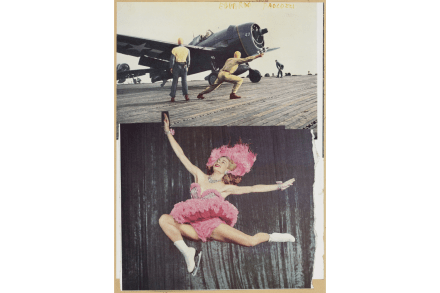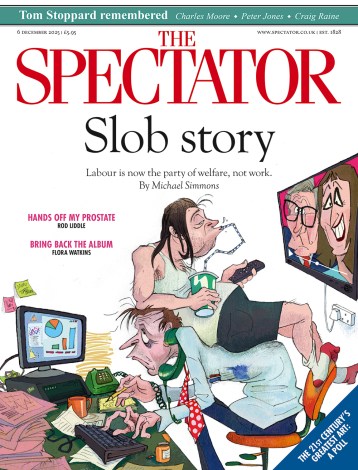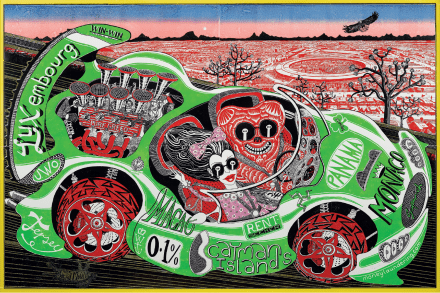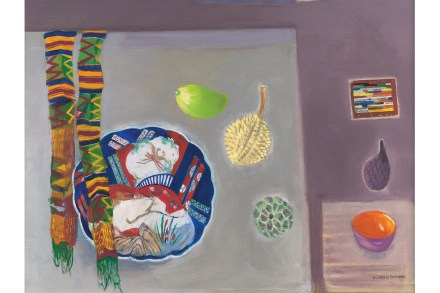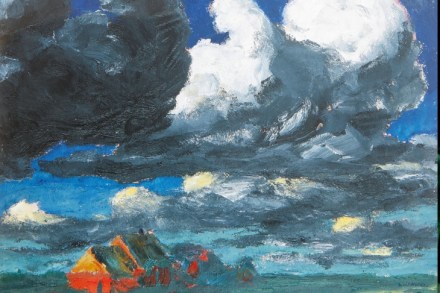The visionary art of Eduardo Paolozzi
On 10 June 1940, a riot erupted in Edinburgh as a 2,000-strong mob swarmed the streets, hell-bent on revenge. Their targets were barbers, delis and ice cream parlours; anything or anyone Italian. Mussolini had just entered the war and the mob scented blood. The police eventually quelled the violence and the city’s more sympathetic locals
